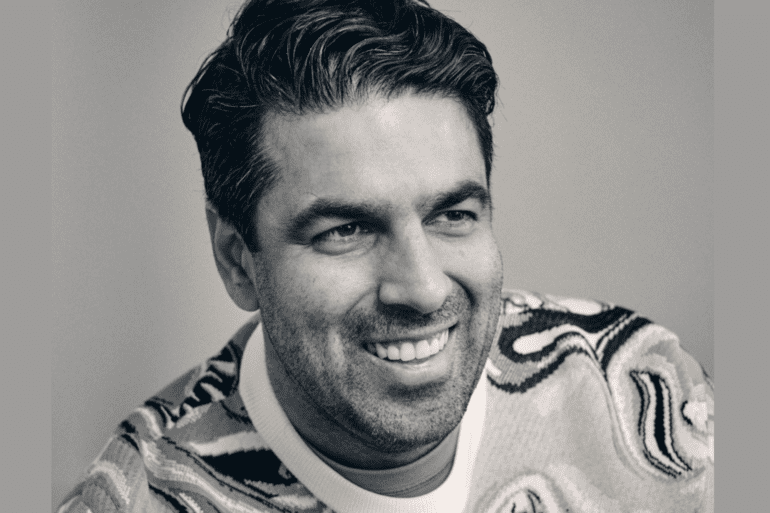TL;DR:
- AI is still in its early stages and has yet to reach its full potential.
- The current perception of AI being in the “fiber optic world” is inaccurate; we are still in the “AOL world” of AI.
- Large language models (LLMs) like ChatGPT are at the center of AI discussions, but they are not the only aspect to consider.
- The hype around AI has surged, fueled by the popularity of ChatGPT, which has amassed over 100 million users.
- AI is becoming more personal and approachable, similar to how AOL and BlackBerry made the internet and messaging accessible to the masses in the past.
- However, the current hype surrounding AI is excessive and unnecessary.
- While ChatGPT produces human-like responses, it still has limitations, such as struggling with math problems and understanding context.
- Knowledge graphs, which establish connections between concepts, entities, and events, offer greater accuracy and context comprehension compared to large language models.
- Knowledge graphs can compose pattern relationships, unlike large language models that solely predict the next word.
- AI’s true potential is yet to be fully realized, and the focus should go beyond large language models to embrace knowledge graphs for more advanced AI development.
Main AI News:
Artificial intelligence (AI) has come a long way, but according to Sachin Duggal, CEO of Builder.ai, it still has a lot of ground to cover. Duggal compares the current state of AI to the early days of dial-up internet, suggesting that we are far from realizing its true potential. In an interview with CNBC, he emphasized that our understanding of AI is still in its infancy, despite the perception that we are already in the fiber optic world of AI.
Duggal pointed out that people often associate AI with large language models (LLMs) like ChatGPT, but there is much more to it than that. While LLMs have garnered significant attention, they are not the be-all and end-all of AI. The hype surrounding AI has surged in recent months, driven in part by the popularity of ChatGPT, the AI chatbot that has amassed over 100 million users since its release in November 2022.
Drawing parallels to the past, Duggal compared the rise of ChatGPT to the success of AOL and BlackBerry. AOL made the internet accessible to the masses, while BlackBerry revolutionized messaging. Similarly, ChatGPT has made AI more approachable and personal. However, Duggal believes that the current hype surrounding AI is unwarranted and has caused unnecessary concern.
While ChatGPT has impressed many with its human-like responses, it still has limitations. It struggles with tasks like solving math problems and has difficulty understanding context, especially sarcasm, and humor. Duggal suggests that knowledge graphs, which establish connections between concepts, entities, and events, offer a higher degree of accuracy and context comprehension than large language models like OpenAI’s GPT-4.
According to Duggal, large language models predict the next word with a high degree of probability, whereas knowledge graphs can understand and compose pattern relationships. This fundamental difference sets knowledge graphs apart, as they are not solely focused on predicting what comes next.
Conlcusion:
The current state of AI, as highlighted by Sachin Duggal, presents both opportunities and challenges for the market. While AI has made significant progress, there is still much room for growth and development. The hype surrounding AI, particularly driven by the success of ChatGPT, has generated excitement and investment in the sector.
However, it is crucial for businesses to approach AI with a balanced perspective, acknowledging its limitations and exploring other avenues, such as knowledge graphs, for more accurate and context-aware AI applications. By understanding the true potential of AI and leveraging diverse approaches, businesses can make informed decisions and harness the transformative power of AI to gain a competitive edge in the market.

